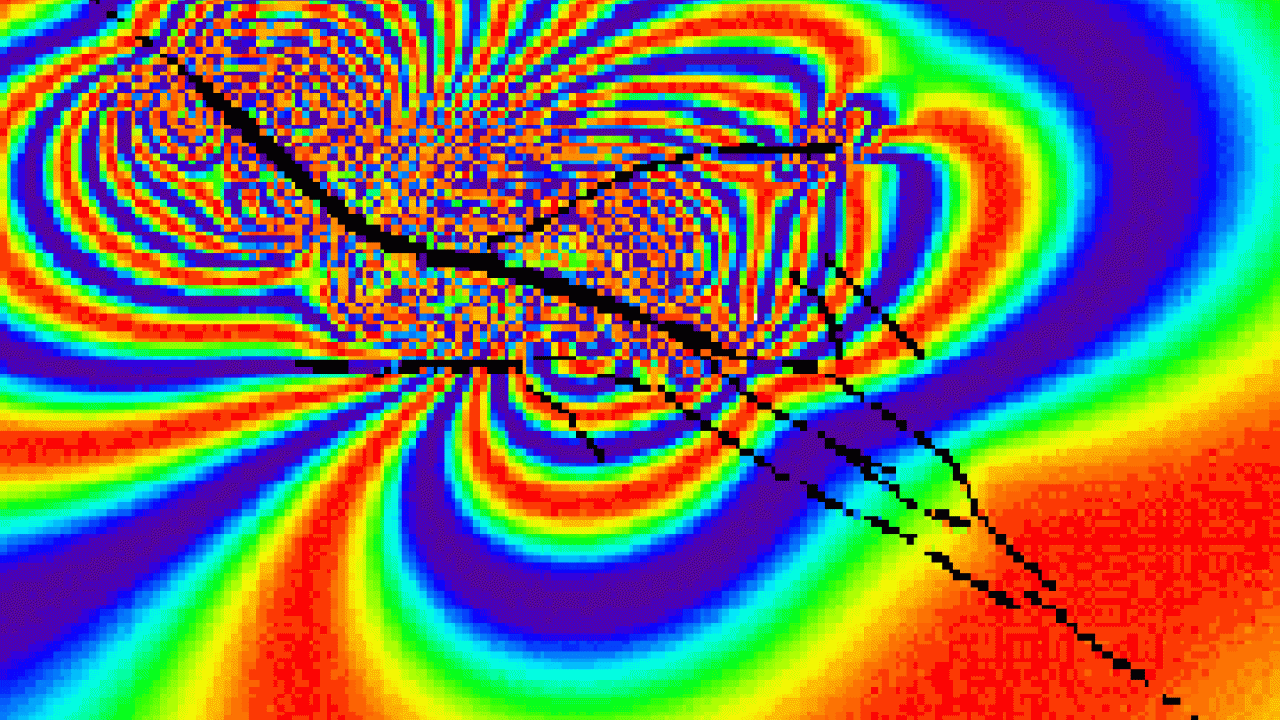Preventing California's many natural hazards from turning into natural disasters is the aim of the new California Hazards Institute, a multicampus UC research program. The institute is led by John Rundle, interdisciplinary professor of physics, engineering and geology, and director of the Center for Computational Science and Engineering at UC Davis.
"California has a world-class economy and is subject to world-class disasters, but no organization within the university encompasses all aspects of disaster research, planning and preparedness," Rundle said.
The institute aims to address that by encouraging partnerships across the UC system and integrating them into an overall strategic plan. It would collaborate with state, federal and international organizations on natural disaster research and education.
Lawrence Coleman, vice provost for research at the UC Office of the President, said: "The University of California has a great tradition of bringing its resources to bear on the most pressing challenges facing the people of California.
"This new multicampus research program aims to bring greater coordination and focus to UC's activities around one of the major issues facing California today — understanding and preparing for natural disasters."
California is at risk from a wide variety of natural hazards, from earthquakes, tsunamis and volcanic eruptions to wildfires, floods, storms and drought. State officials and lawmakers need access to the best information and research, and the university has numerous research efforts related to natural hazards and disasters. But there is currently a gap between researchers and the government, Rundle said.
"We need an agency that pulls it all together," he said.
Research areas for the institute include: better understanding and forecasting of natural hazards; ways to reduce the impact of disasters; improving emergency response and strengthening public health systems; and long-term recovery and rebuilding. The institute would provide an umbrella organization for those and for new research programs, Rundle said.
Existing programs at the 10 UC campuses and three national laboratories managed by the university include research on topics such as earthquakes, wildfires and levee breaches. Most of these programs operate independently, although some are linked through federal or other programs.
Initial funding for the institute will come from university funds, and is expected to total $220,000 per year over three years. The institute would aim to attract additional support through external grants.
Media Resources
Dave Jones, Dateline, 530-752-6556, dljones@ucdavis.edu
